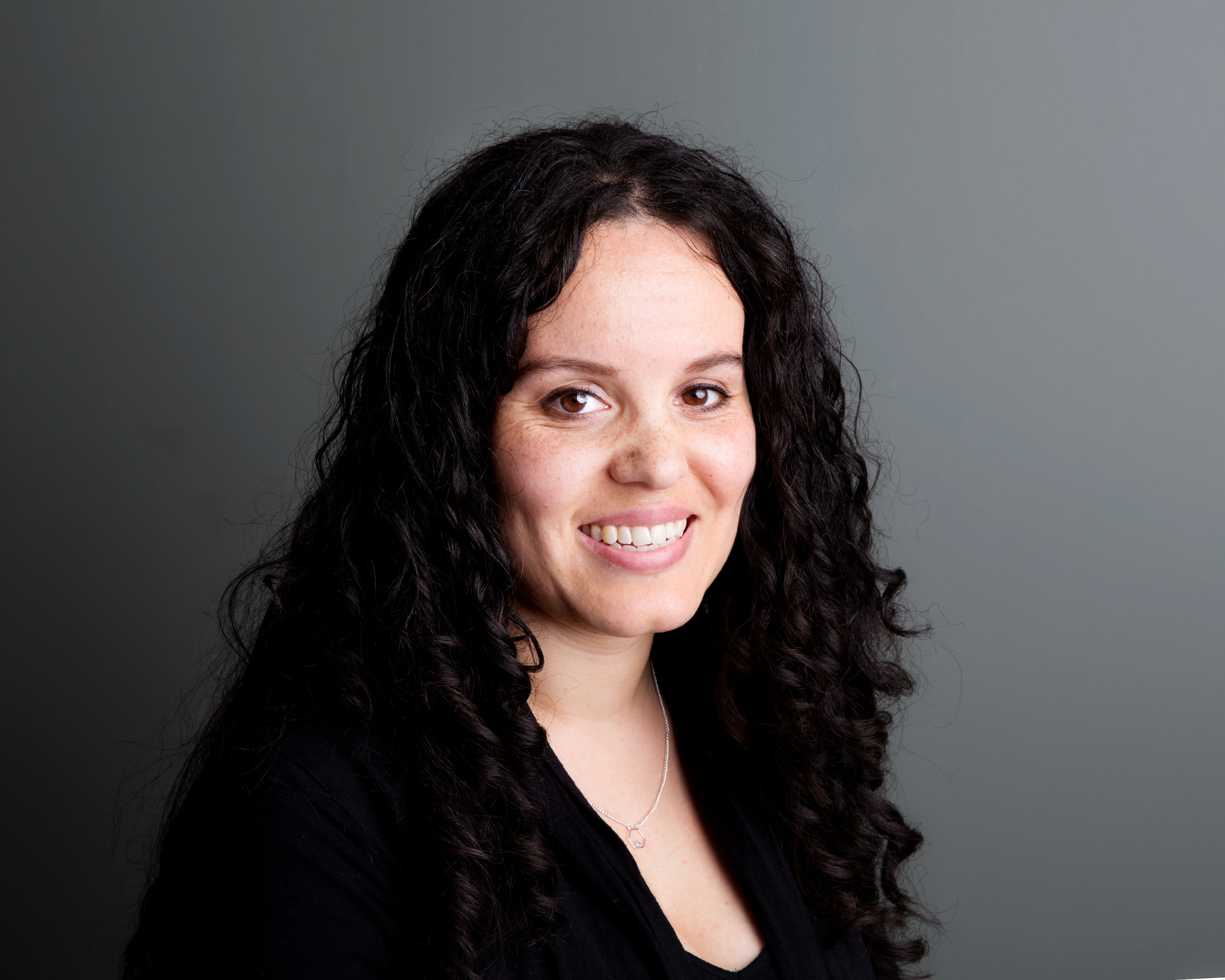FAMILY VALUES: ADAPTATION AND ADOPTION
Published on 08 April, 2024 | Melanie Kalina

As regular readers of this ‘blog will possibly have understood by now, the British household has experienced considerable flux in recent decades.
However, whether opposite-sex or same-sex, married or cohabiting, one of the things which remains something of a constant is the premium which most people place on providing a safe and nurturing environment in which children can grow up.
That is, sadly, not the case for many children.
According to Ofsted, the Office for Standards in Education, Children’s Services and Skills, some 400,000 children across England are the subject of local authority intervention at any one time (https://www.gov.uk/government/statistics/childrens-social-care-data-in-england-2023/main-findings-childrens-social-care-in-england-2023).
Eighty-two thousand of those are in foster care, children’s homes or secure accommodation.
Even so, efforts continue to find them family homes where they can thrive. Yet, that process is far from straightforward, as figures newly released by the Ministry of Justice (MoJ) make all too clear (https://www.gov.uk/government/statistics/family-court-statistics-quarterly-october-to-december-2023/family-court-statistics-quarterly-october-to-december-2023#adoptions).
Its data shows a 22 per cent year-on-year increase in the number of applications made by individuals wanting to adopt. That good news is tempered, though, by the fact that the number of adoption orders granted were up by a fraction of that increase (four per cent).
That still could be regarded as progress until we look beyond the 12-month window under immediate scrutiny. What that reveals is that the number of adoption applications in the last decade fell by more than 37 per cent, while the number of orders saw an larger drop (39 per cent).
Look a little closer and we see some of the issues in more detail. Almost two-thirds of the children who adopted were aged between one and four-years-old. Only six per cent were in the oldest age bracket between 15 and 17 and, on the basis of my experience, I would suggest that most of those are likely to have been adopted by step-parents.
There is no single reason why and, therefore, no ‘magic bullet’ solution. Instead, there is a range of economic, social, legal and infrastructural factors which may have a bearing on what we’re seeing.
A rise in the cost of living, for instance, is one of those things cited as a deterrent by prospective adopters (https://www.adoptionuk.org/news/cost-of-living-crisis-raises-serious-concerns-for-uk-adoption#:~:text=9%20out%20of%2010%20prospective,2022%20survey%20at%20Adoption%20UK.).
Some of these same individuals are also conscious of a weakening of the support available to them, both in the assessement process and once they have adopted children.
Further Ofsted figures reveal that the number of adoption support agencies and voluntary adoption agencies fell by almost one-fifth (19 per cent) in the 12 months to March last year.
Ofsted reported that many of the remaining agencies which they spoke to complained of a staff shortages (https://www.gov.uk/government/news/regional-adoption-practice-strong-but-challenges-remain).
Assessment is just one essential part of the adoption process but the legislative framework and cases brought before the courts also influence patterns of adoption.
One part of the law which governs such matters – the Children Act 1989 – is explicit that it is “the general duty of every local authority…to promote the upbringing of such children by their families” (https://www.legislation.gov.uk/ukpga/1989/41/section/17).
That premise of care or adoption being, if you like, the last option or resort was reinforced by a Supreme Court judgement (Re B) delivered in June 2013 (https://www.supremecourt.uk/cases/docs/uksc-2013-0022-judgment.pdf).
Lord Kerr, one of the five judges who deliberated the case concerned, reiterated the law by saying that “family ties may only be severed in very exceptional circumstances”.
What such guidance means in practical terms is that local authorities should do their utmost to keep children with their birth parents or families and only take children into care when there is no alternative.
As a result of the Re B ruling and a separate case in the Court of Appeal the same year – Re B-S (Children) (https://www.casemine.com/judgement/uk/5b46f1f62c94e0775e7ef1f3) – the number of care, placement and adoption orders has declined, while the length of proceedings has increased.
In addition, children who find themselves being placed for adoption are often older and more likely to be traumatised by a longer-term exposure to the problems which brought them to the attention of social services professionals in the first place.
The legal process involved is also affected by the sheer volume of workload in the family courts. Cases take longer to conclude and children can be negatively impacted by the delays.
That certainly isn’t to say that there haven’t been initiatives to expedite things.
In 2008, the then Labour government introduced one reform – the Public Law Outline (PLO) – to streamline care applications (https://www.justice.gov.uk/courts/procedure-rules/family/pdf/practice_directions/Web_pd_part_12a.pdf).
It eventually came into force two years later, after Justice Minister Bridget Prentice told Parliament it was importance that “all agencies work together collaboratively to establish safe, permanent and timely child focused solutions and reduce the stress caused by unnecessary delay in care proceedings” (https://publications.parliament.uk/pa/cm200708/cmhansrd/cm080401/wmstext/80401m0002.htm).
During the years that followed, it appeared that the PLO had generated results.
In 2014, the then Education Secretary Nicky Morgan was able to talk of a 63 per cent rise in adoptions in the previous three years and boast of Britain having a “world class adoption system” (https://www.gov.uk/government/news/record-number-of-children-adopted).
Yet all the goodwill has become ensnared in circumstance, such as the Covid-19 pandemic, social change and even science since.
As adoption rates have waned, it is hard to entirely dismiss the notion that couples might simply prefer to have biological children of their own, particularly those who might have fertility issues.
Last year, the Human Fertilisation and Embryology Authority (HFEA) described a rise in IVF treatment, including those cycles paid for privately (https://www.hfea.gov.uk/about-us/news-and-press-releases/2023/latest-fertility-data-paints-promising-picture-but-pandemic-aftershocks-may-continue-to-be-felt-says-uk-regulator/).
Surrogacy is also increasingly regarded as a mainstream route to starting a family. The number of Parental Orders issued by family courts in England and Wales has increased by 219 per cent in a decade.
These developments are, if you like, the counterpoints to an adoption landscape which is proving increasingly complex and stubbornly difficult to resolve.